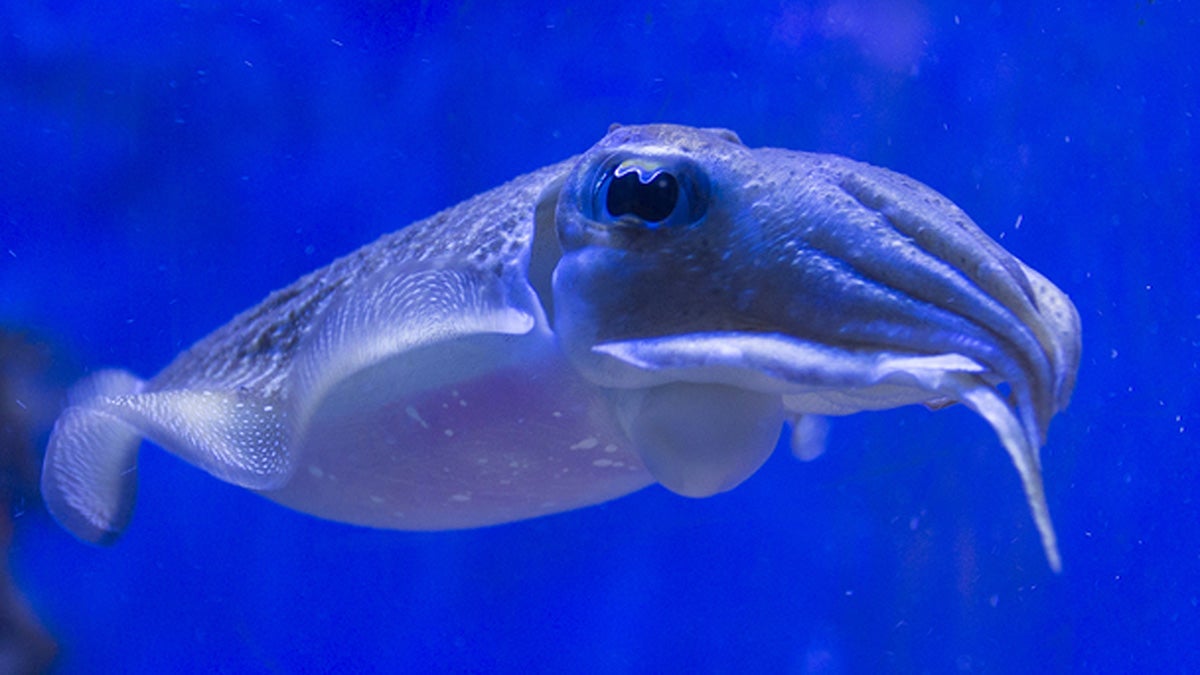Squid eyes have it — perfect lenses that could inspire advances for human vision

(mauriziobiso/Bigstock)
Squid lenses are better than any lenses we can make, and scientists have figured out why.
The research is early, but eventually it might lead to better lenses for us — and for cameras.
We can’t focus perfectly on everything that we see, because our lenses can’t bend all the light to one single point.
The 19th-century physicist James Maxwell said we could — if only we had a lens in the shape of a sphere, that can bend light differently as it travels through the lens.
Paul Heiney, a physicist at the University of Pennsylvania, co-authored the new research, and he said that seemed like a nice idea, but “in practice it’s really really hard.”
But not for squid.
“What the squid does is it actually biologically controls the kinds of proteins that are there in the squid lens from the inside to the outside, so that it exactly matches Maxwell’s theory,” Heiney said. “It makes a really beautiful lens. It’s really better than anything we can make in the lab today.”
Now we know how it works.
Human lenses are made of several kinds of proteins; squid lenses have only one. The squid protein is tens of thousands of times smaller than a human hair.
Jing Cai, a postdoctoral student in physics and astronomy and the lead author of the new research, said the protein looks like the head of a bunny, with a sphere and two ears. Some have longer ears and some have shorter ones.
“We found that (along) the periphery of the lens, there are more long bunny ear proteins,” she said. “The bunny ear of one protein can link to another protein, and the second ear may link to the third protein, and therefore it may form a chainlike structure.”
Closer to the center, the proteins have shorter bunny ears, and they they can link to more proteins, making the lens much denser. That’s how the squid lens can bend and focus light perfectly, just as Maxwell described.
Cai said she is amazed that nothing tells the proteins to organize themselves this way. They “self assemble,” she said, in the way water molecules form snowflakes “without any external direction or human interference.”
We’ve only started to understand how this works, but Heiney said — eventually — it might help us make much better lenses of our own.
“Nature via the squid has produced a lens that’s better than anybody has so far managed to make using … physical construction techniques,” he said.
The research is published in the latest issue of the journal Science.
Heiney said the squid research is part of a larger trend of biologists and physicists collaborating on designing materials.
For example, other scientists are studying butterfly wings to figure out how to make better holograms.
“We’re seeing more and more, in the last few years, a confluence of of people in physics and people in biology working together,” he said.
WHYY is your source for fact-based, in-depth journalism and information. As a nonprofit organization, we rely on financial support from readers like you. Please give today.

